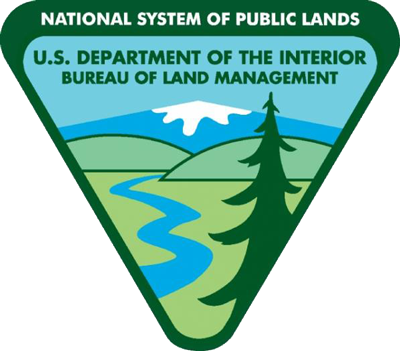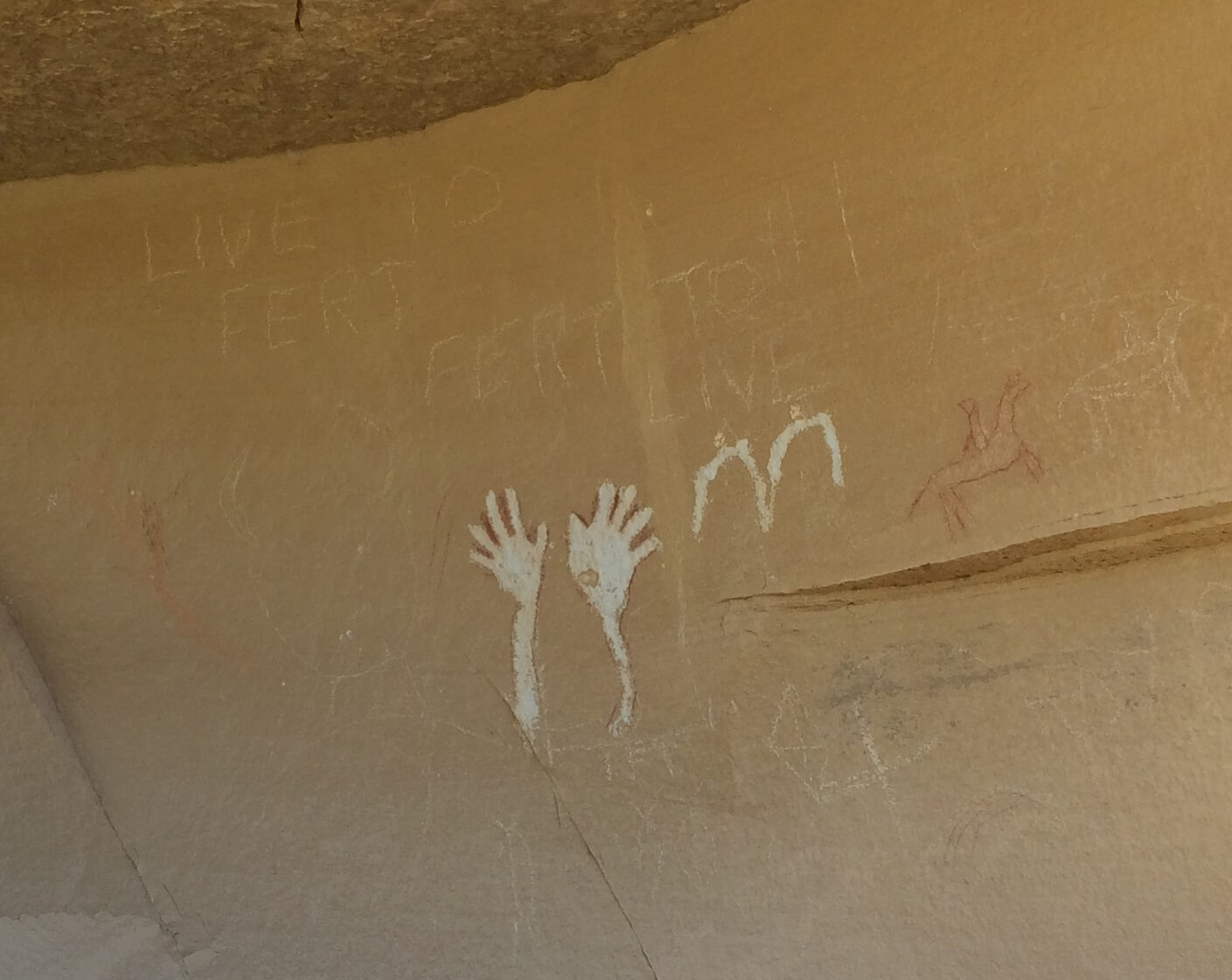OUR PUBLIC LANDS ARE SPECIAL – VISIT WITH RESPECT
Practice Good Stewardship
Public Lands are for exploration. In addition to spectacular natural beauty, there are fascinating stories to be told by prehistoric and historic sites, specimens, and artifacts found on our public lands. And each story contributes to our larger understanding of the heritage of our community.
- These stories tell us about who and what came before, how the land was impacted in the past, and how our current community developed.
- These stories are told to us by the paleontological, archeological, and historic sites and materials that are found on the land.
To preserve these stories, we need to practice good stewardship and protect not only the land, but thprehistoric and cultural heritage found on the land. Protecting the land and its heritage is protecting not only what belongs to you and the larger community, but also preserving that which belongs to our future generations.
The Law:
It is not only a good idea to protect the paleontological and anthropological heritage found on public land — it is the law.
- For archaeology and historic treasures found on public land, the Archaeological Resources Protection Act (ARPA) of 1979 recognized that archeological resources are an irreplaceable part of our heritage. The pillaging and vandalizing over the years has endangered and destroyed archeological and historic sites. ARPA and other laws protects archeological resources and sites on federal lands and Indian lands.To learn more about archaeology law, click here: https://www.nps.gov/archeology/public/publicLaw.htm
- For paleontology, fossil and tracks are protected under the Paleontological Resources Preservation Act (PRPA) of 2009. The act prohibits an attempt to ͞ excavate, remove, damage, or otherwise alter or deface any paleontological resources located on Federal land.Some casual collecting in specified areas is allowed on a limited basis on some public lands. Check with the area BLM, Forest Service Office on local collecting guidelines. More information can be found at the links below:
https://www.nps.gov/subjects/fossils/fossil-protection.htm - Professional researchers can get paleontological or cultural resource use permits to conduct archaeological research on some public lands. Please contact your loal BLM, Forest Service or National Park Service office for more information .
Also refer to the following sites for more information:
- https://www.ecfr.gov/cgi-bin/text-idx?SID=7b7796f0ea8fbf9aa22cf76da4fb5d09&mc=true&node=pt36.2.291&rgn=div5
- USDA Forest Service, fossils and paleontology:
https://www.fs.fed.us/geology/fossils.html - Bureau of Reclamation, fossil resources:
https://www.usbr.gov/cultural/fossil.html - U.S. Fish and Wildlife Service, historic preservation:
https://www.fws.gov/historicPreservation/crp/index.html - Bureau of Land Management, Paleontology:
https://www.blm.gov/programs/cultural-resources/paleontology
How to show the land and its treasures respect:
These and other ways you can “Visit with Respect” can be found at https://www.friendsofcedarmesa.org/tips-for-visiting-with-respect. This site also provides some educational videos on how we can show respect to the photogeological and archaeological heritage on our public Land.



